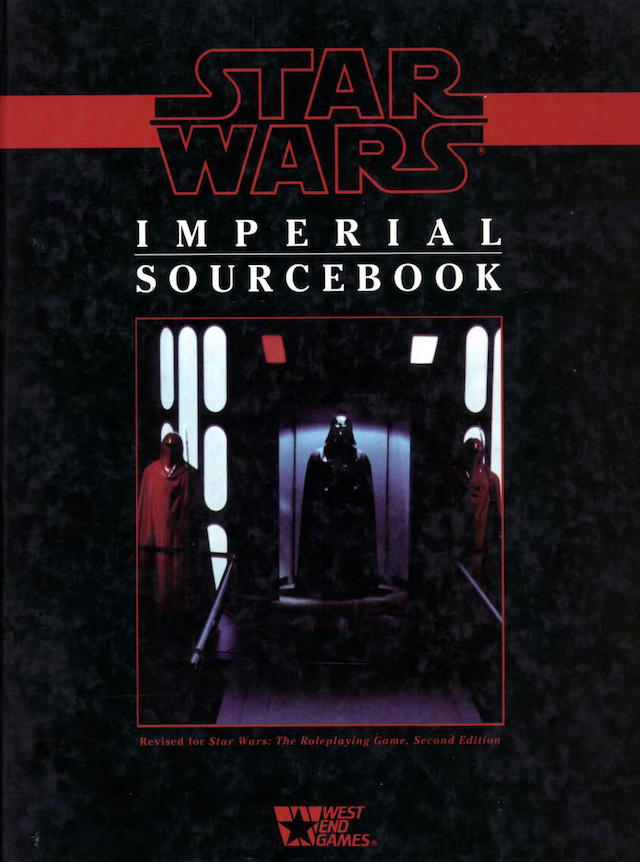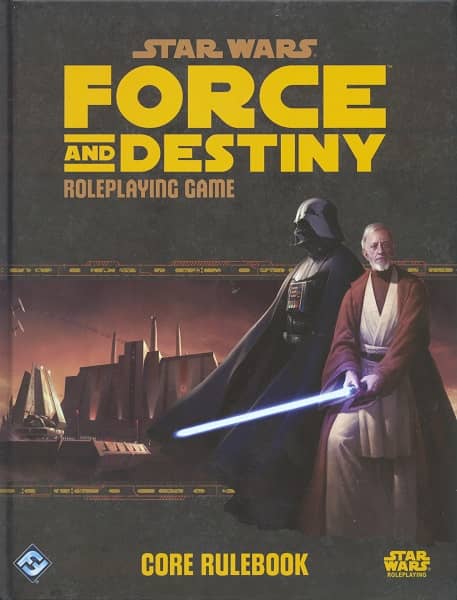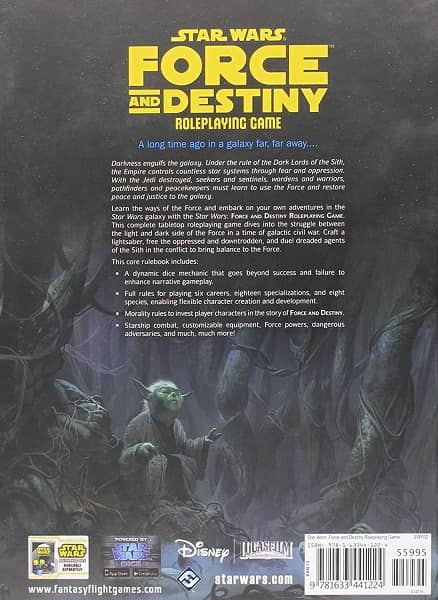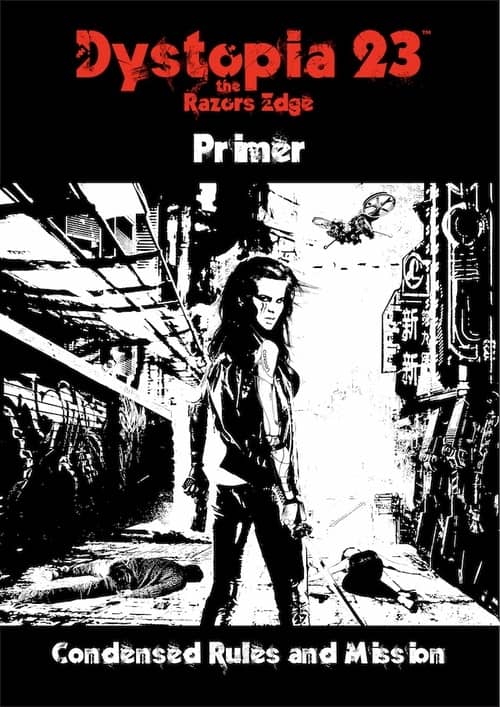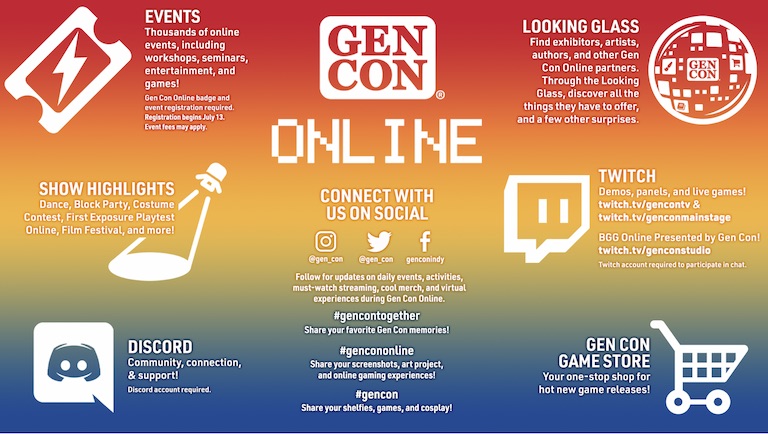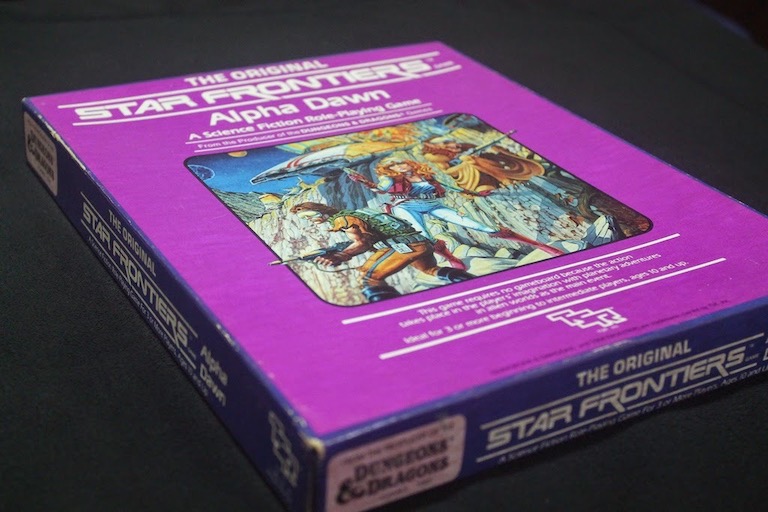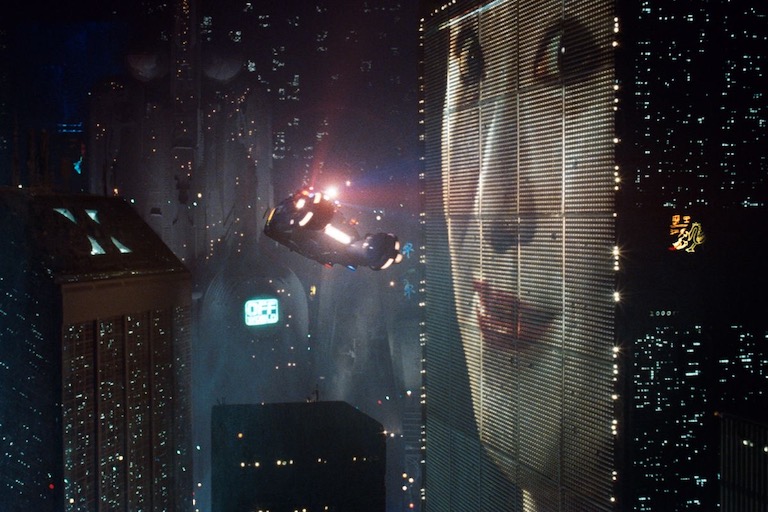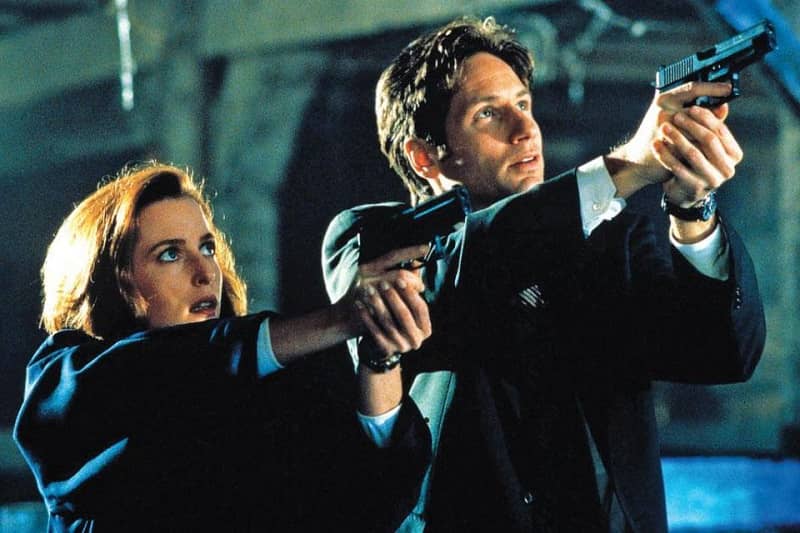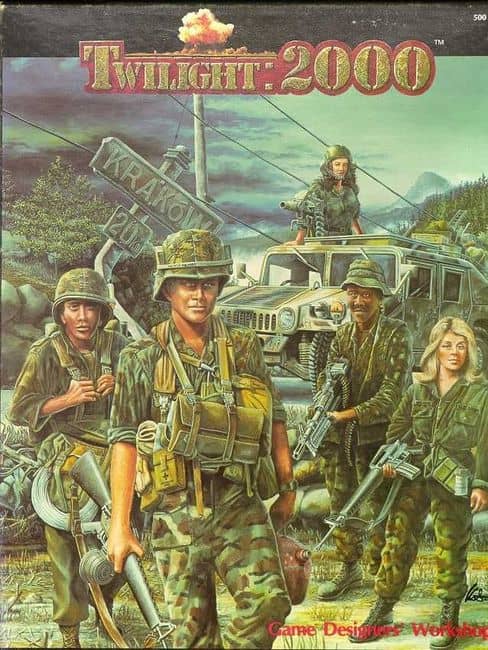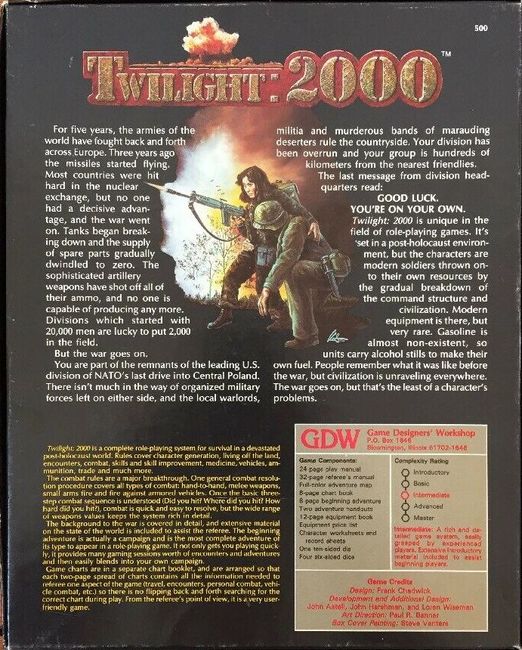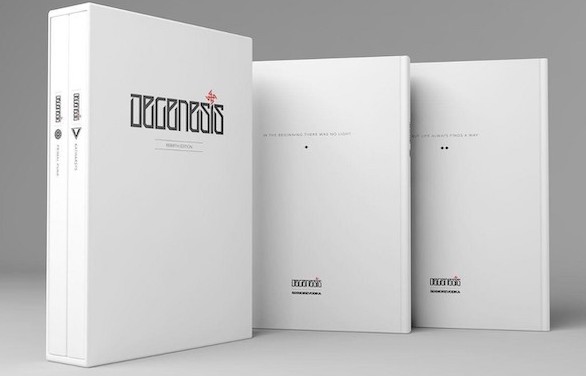Understanding the New Order
Since Disney’s acquisition of Star Wars and its consequent films and streaming episodic shows — the very good The Mandalorian being only the first of several planned — many would be forgiven for forgetting the very long time between The Return of the Jedi and The Phantom Menace. 1983 to 1999. In that time, novels and comics were the primary vehicle for keeping Star Wars stories going, including the Thrawn Trilogy of novels by Timothy Zahn, published from 1991 to 1993.
For roleplayers, West End Games published a Star Wars role playing game in 1987. This game proved to be successful, and the quality of the material was so good, that Zahn referenced — at the instruction of LucasArts — the sourcebooks when writing the Thrawn Trilogy. With the game, players could finally engage in the universe and with supplemental materials to help expand and frame the universe that was — until that time — largely confined to the original trilogy of films and a poorly received Christmas special.
